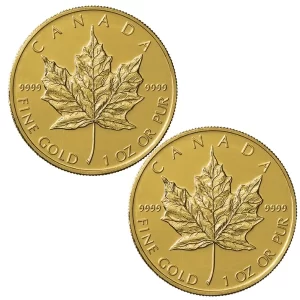Introduction
Numismatics is the study of all forms of currency. It involves identifying, researching, and cataloguing specific coins as well as their themes, designs, and dates. The term numismatics is itself derived from the ancient Greek word “numismo” which means coinage or money.
The study of numismatics as it applies to coins is often in the research of the production and use of the coins to determine their rarity.
Numismatists are people who have a deep knowledge about different types of money and their value. If you’re interested in becoming a numismatist or just want to learn more about this field, you should consider studying it as a hobby.
Types of money in Numismatics
- Currency: Coins and paper money.
- Banknotes: Paper money issued by banks, usually with a promise to pay in gold or silver.
- Asset-backed: Issued as a security representing ownership in an underlying asset such as stock, bonds, or real estate. They may also be debt instruments created from loans made to the issuer by other institutions.
- Mixed: Usually include both fiat and non-fiat currencies, such as bimetallic coins or National Bank Notes that are backed by gold reserves.
History of Numismatics
Coin collecting has a long history that dates to the era of kings like Caesar Augustus. Prior to the 19th century, coin collecting was a private pastime primarily enjoyed by aristocrats, members of the religious elite, and kings. Due to Europeans’ fascination with the objects and collections of earlier civilizations, coin collecting took off during the Renaissance.
It is believed that Petrarch was the first Renaissance collector the 14th century. Coin collectors began banding together in specialised societies in the 19th century, and these societies also started publishing journals to catalogue the coins discovered in their regions.
Numismatic Organizations
The study, investigation, and development of numismatic sciences are all pursued by numerous societies. For instance, the American Numismatic Society was established in 1858 in New York City to promote public appreciation of coins, medals, and money. Other numismatic organizations include:
- Ancient Coins Collectors Guild
- Archaeological Institute of America
- The Canadian Numismatic Association
- The Czech Numismatic Society
- International Numismatic Commission/Commission Internationale de Numismatique
- The Israel Numismatic Society
- Oriental Numismatic Society
- The Professional Numismatists Guild
- The Royal Numismatic Society
- The Numismatic Association of Australia
- The Royal Numismatic Society of New Zealand
Numismatics in Modern Culture
The internet and other contemporary communication tools have made it easier to research the history of coins and exchange knowledge with other researchers, which has facilitated the study of coins in the modern era.
Modern numismatics is divided into the following sub-disciplines:
Exonumia
The study of coins, tokens, medals, and other items that resemble coins is known as exonumia. The items could be wooden nickels, souvenir medals, or elongated coins. Exonumia is a large category that focuses on commemorative military awards and groups the medals and awards according to the military expedition or event they honour.
Notaphily
The study and gathering of paper money is known as notaphily. Notaphilists collect paper money, including banknotes. The term “notaphily” is a combination of the Latin word “nota,” which means “paper money,” and the Greek word “phily,” which means “love.”
Scripophily
The study and gathering of securities, such as bonds and stock certificates, is known as scripophily. Stocks and bonds are popular among numismatists because of their fascinating historical contexts and natural beauty. Coin collectors may keep old bonds and stock certificates with exquisite engravings as works of art.
Getting Started as a Numismatist
Numismatics can be separated into two distinct fields: numismatists and coin collectors. Numismatists study coins from a historical, cultural, social, or academic perspective, often with reference to their monetary value. Coin collectors generally collect coins for investment purposes (typically seeking to resell them for a profit). A third category, known as “dealers,” may also collect coins but only for personal use or trade.
Six courses make up the numismatist programme, each of which focuses on a different subject. A 200-question exam is required of the candidate after completing the courses. The candidate receives a diploma attesting to their competence in the field of numismatics once all requirements have been met. Additional tools and resources are offered by the ANA and other professional organisations.
Currency Value
Rare pieces of currency can trade for a significant premium over their face value or the market price of the raw materials that make them up.
Numismatic Gold
Collectible gold coins that have a higher value than the spot price or going rate for gold are referred to as numismatic gold. The rarity, age, and other factors are largely to blame for the increased value. Their value is determined by the coin’s condition, rarity, production location, and, to a lesser extent, the precious metal content.
Final words
If you are interested in becoming a numismatist, you should consider studying the field. You can find many places where you can find coins to collect. In addition to their economic significance, coins have also been used as a form of investment for thousands of years.
 Hi,
Hi,






















